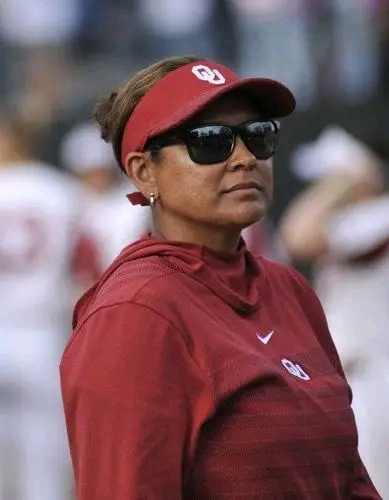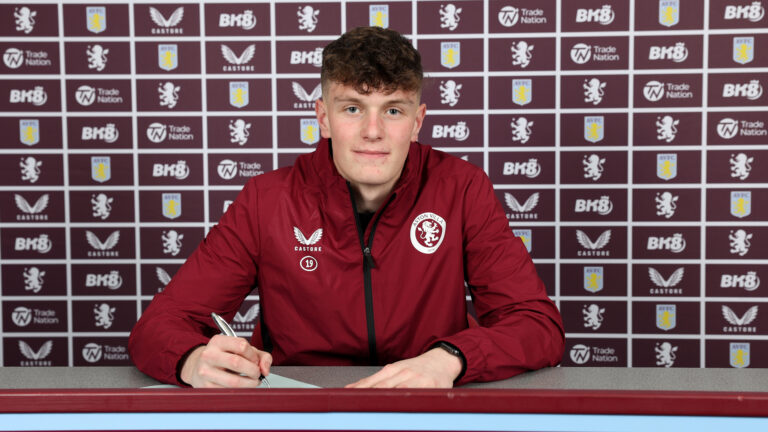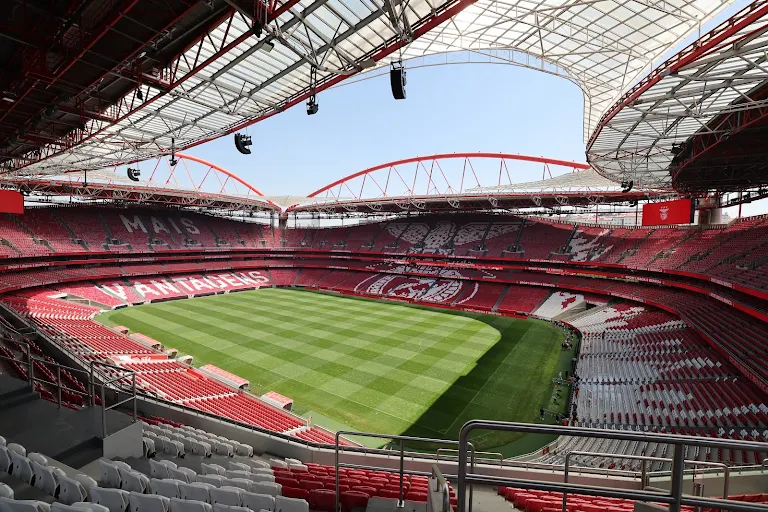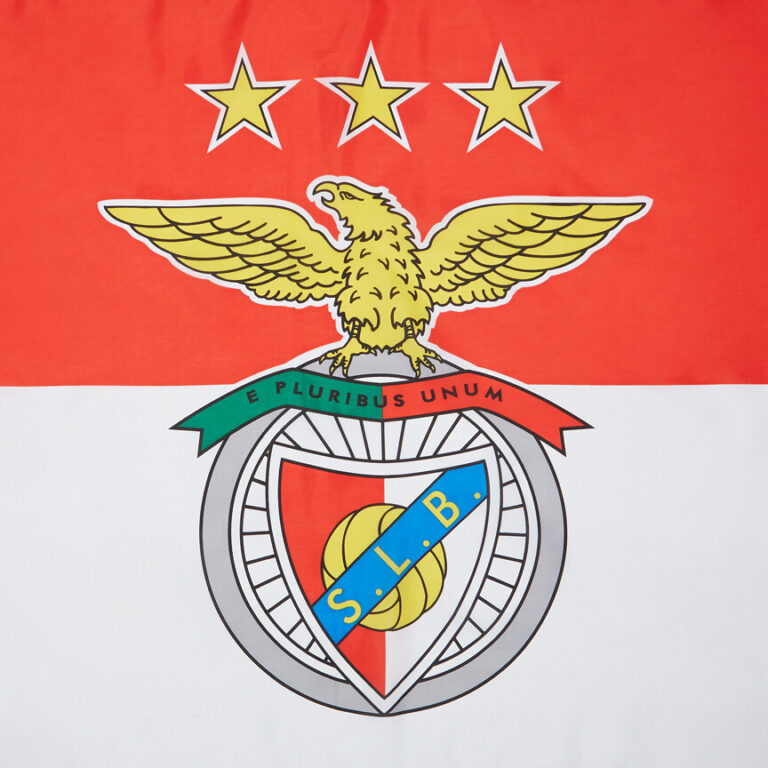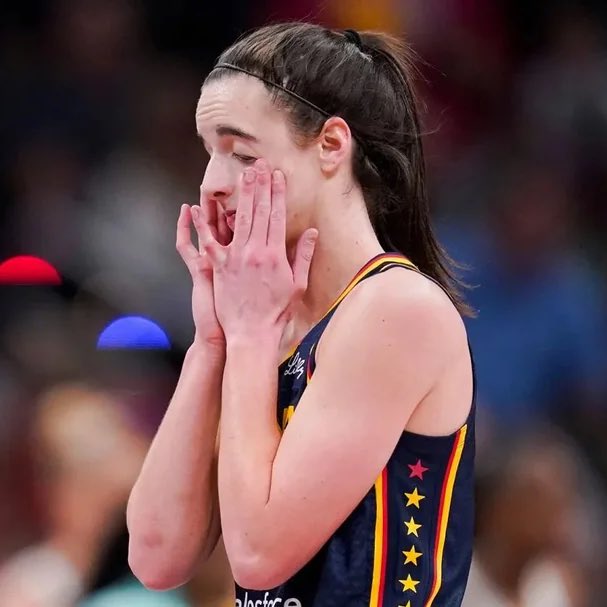
The WNBA and the Women’s National Basketball Players Association are on the brink of a lockout as the expiration of the current collective bargaining agreement draws near. With an October deadline looming, negotiations between the league and the union have stalled, raising serious concerns about whether an agreement can be reached in time to avoid a work stoppage.
At the heart of the dispute are issues that have long been points of contention between players and league officials, including compensation, revenue sharing, travel conditions, and health benefits. While the league has made strides in recent years to improve the player experience and increase salaries, union representatives believe that progress has not gone far enough to reflect the WNBA’s growth in visibility, popularity, and revenue.
The players argue that they have been instrumental in building the league into a more marketable and profitable entity, pointing to rising television ratings, larger sponsorship deals, and increased attendance. They are demanding a bigger share of that success, particularly in areas such as base salaries, postseason bonuses, and endorsement opportunities tied directly to league operations. Players have also pushed for stronger guarantees on charter flights, after years of disputes over commercial travel schedules that often leave athletes exhausted and at risk of injury.
On the other side, league officials have expressed concerns about long-term financial sustainability. While the WNBA has seen growth, executives point out that the league is still navigating the balance between expansion and profitability. They have signaled willingness to compromise on some player demands but have maintained that the financial resources are not yet in place to match the union’s vision for sweeping reforms. This gap between ambition and reality has left negotiations at a standstill.
The threat of a lockout carries significant weight. The WNBA has gained unprecedented momentum in recent years, fueled by star power, increased media coverage, and heightened cultural relevance. A disruption in play could derail that progress, potentially alienating fans and sponsors just as the league has begun to cement itself as a mainstream sports property. For players, a lockout would not only impact their earnings but also interrupt the momentum they have built on the court and in broader conversations about equity in sports.
Union leaders have remained firm, signaling that they are prepared to hold their ground if necessary. Many players see this moment as pivotal, not only for themselves but for future generations of athletes. By pushing for structural changes now, they hope to ensure that the league continues to grow in a way that prioritizes the well-being and financial security of its talent.
Fans and analysts alike are closely watching how the situation unfolds. A lockout would represent one of the most significant labor disputes in the league’s history, and the stakes are high on both sides. If a resolution is not reached before the October deadline, the start of the 2026 season could be in jeopardy, forcing the league and its players to confront the very real costs of a fractured relationship.
The coming weeks will be critical. Whether through compromise, extended negotiations, or intervention from mediators, both the league and the WNBPA will need to determine how much they are willing to sacrifice in pursuit of their goals. One thing is certain: the outcome of these talks will shape the future of the WNBA for years to come.
